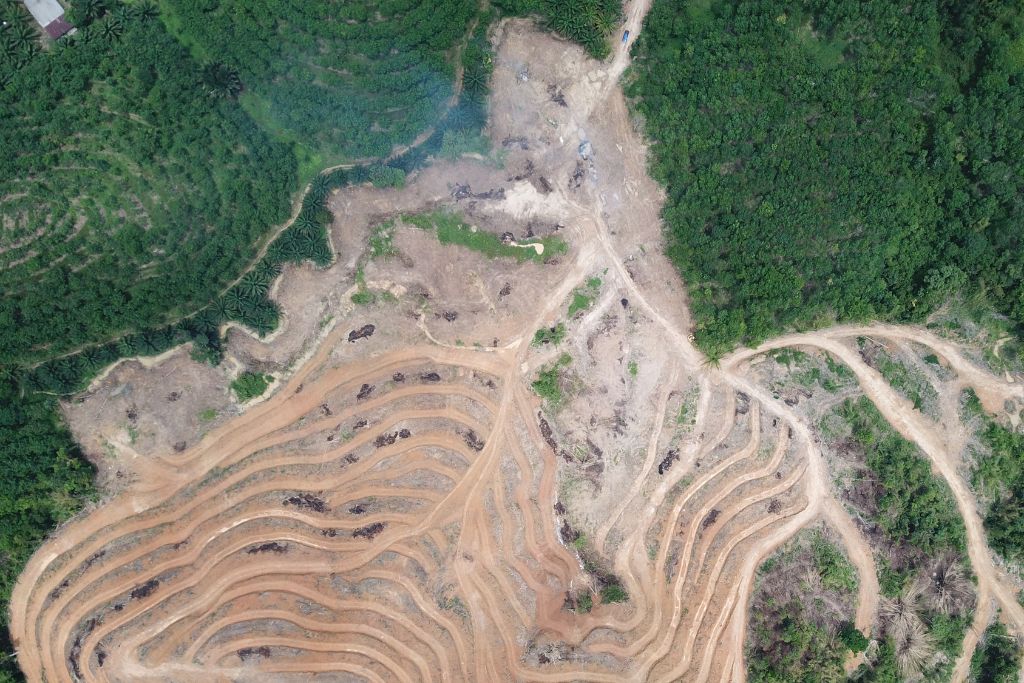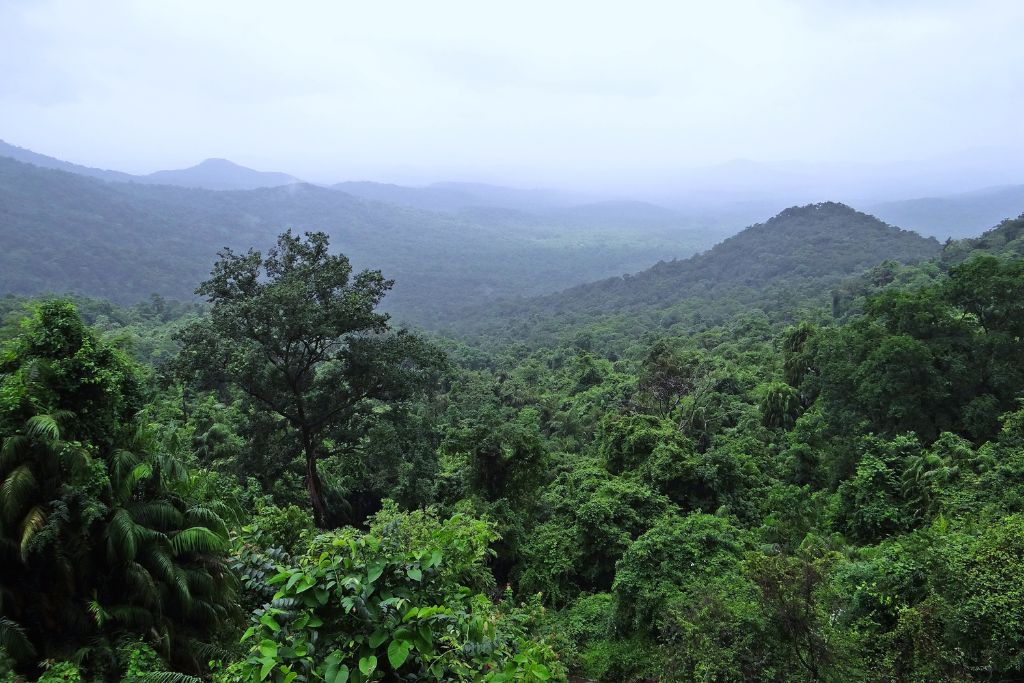Rainforests are crucial for the survival of life on Earth. They not only support the largest variety of plants and animal species of any other ecosystem in the world but also influence weather patterns and act as major carbon sinks, moderating local temperatures and keeping our air clean. To celebrate World Rainforest Day 2023 – a day that has been set aside to help protect rainforests by raising awareness and encouraging action to protect these incredible resources – we put together 8 stunning rainforest facts you might not know.
—
8 Rainforest Facts
1. Rainforests have self-watering mechanisms that guarantee constant humidity
Rainforests derive their name from the abundant rainfall they experience, between 200 to 1,000 centimetres (79 to 394 inches) annually. Plants release water into the atmosphere through a process known as transpiration. The moisture they generate helps create a thick cloud cover that hangs over the forest, guaranteeing constant humid and warm conditions even when it’s not raining.
2. The Amazon Rainforest is more than half the size of the US
Spread across nine countries in South America – including Brazil, Peru, and Colombia – for a total of 2.3 million square miles (6 million square kilometres), the Amazon Rainforest is by far the largest rainforest in the world. In fact, it is three times bigger than the next-largest rainforest, the Congo Basin.
You might also like: 10 Stunning Amazon Rainforest Deforestation Facts to Know
3. Despite covering only 2% of the planet’s total surface area, rainforests are home to half of the world’s plant and animal species
Tropical rainforests are the most biologically diverse terrestrial ecosystems in the world. The Amazon rainforest alone includes at least 10% of the Earth’s total biodiversity, including around 40,000 plant species, nearly 1,300 birds, 3,000 types of fish, more than 400 species of mammals, and a staggering 2.5 million different insects.
4. 3.75 million hectares of tropical primary rainforests were lost in 2021
Nearly half of the loss occurred in Brazil. In the last 50 years alone, around 17% of the Amazon has been cut down. However, countries such as the Democratic Republic of Congo, Bolivia, and Indonesia were also deeply affected. As the agricultural industry continues to practice land clearing for crop and livestock farming, the threat to biodiversity only worsens. Studies show that observed animal populations have experienced an average 68% decline. In Borneo, Indonesia, the critically endangered orangutan lost nearly 80% of its population within the last 50 years.

3.75 million hectares of tropical primary rainforests were lost in 2021.
5. Deforestation contributes nearly 5 billion tonnes of carbon dioxide a year
The equivalent of 10% of annual human emissions is a direct result of deforestation. NASA researchers found that accelerated slashing and burning methods of land clearing in Borneo, the third-largest island in the world and home to one of the oldest rainforests in the world, contributed to the largest single-year global increase in carbon emissions in two millenniums.
You might also like: 10 Deforestation Facts You Should Know About
6. Once among the world’s largest carbon sinks, rainforests are now turning into a carbon source
Besides oceans, rainforests are considered the world’s largest carbon sinks for their capacity to absorb more carbon from the atmosphere than they release through photosynthesis . However, large-scale and persistent deforestation, coupled with a sharp increase in wildfires, is changing the game. The Amazon, the world’s most important carbon sink, is particularly affected by these events that, according to many experts, have converted it into a source of carbon. The world’s largest rainforest is now emitting a greater amount of carbon dioxide than it is absorbing, nearly one billion tonnes a year, equivalent to the annual emissions of Japan, the world’s fifth-largest polluter.
7. An average of 137 species of plants and animals are driven into extinction every day in the world’s tropical rainforests
Rampant deforestation and increasing wildfire events are destroying more natural habitats every day, threatening the survival of many important and rare species. Human activities such as logging and cattle ranching as well as illegal animal trade are further shrinking tropical rainforests, contributing to the loss of millions of hectares every year. As trees are cut down, animals lose their habitat and struggle to survive. In the Amazon alone, over 10,000 species are threatened with extinction.
8. COP27 Countries Launch Partnership to Track Progress On Glasgow Deforestation Pledge
In 2021, more than 100 world leaders representing 85% of the world’s forests pledged nearly $2 billion to end and reverse deforestation by the end of the decade, in a historic declaration at the UN climate conference in Glasgow. Brazil, Russia, Colombia, Indonesia, and the Democratic Republic of the Congo are among the countries that have signed the Glasgow Leaders’ Declaration on Forest and Land Use. The international pledge will include USD$19.2 billion worth of private and public funds. 12 countries will allocate $12 billion of public funds from 2021 through 2025 to restore degraded land, support indigenous communities, and mitigate wildfire damage. $7.2 billion will come from new private finance, including companies and philanthropies, to support initiatives such as deforestation-free soy and cattle production in South America, and scaling up investments in tree planting and other nature-based solutions.
At last year’s COP meeting – COP27 – 26 countries launched the Forest and Climate Leaders’ Partnership (FCLP), a voluntary partnership to accelerate momentum to halt and reverse deforestation and land degradation by 2030. Together, these nations account for roughly 35% of the world’s forests. World leaders including EU Commission President Ursula von der Leyen, UK’s new Prime minister Rishi Sunak, and the leaders of France, Ghana, Congo, Colombia, and Germany, joined the FCLP’s first meeting.
You might also like: Global Deforestation in 2022: Can the World Reach the Global Deforestation Pledge?


















